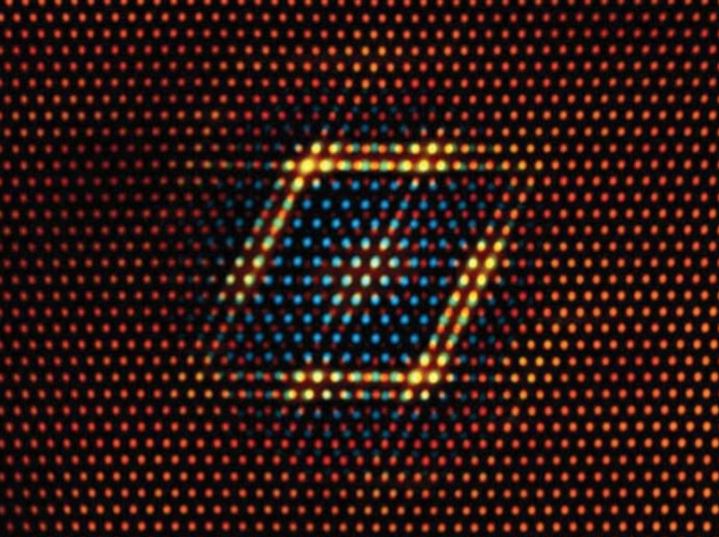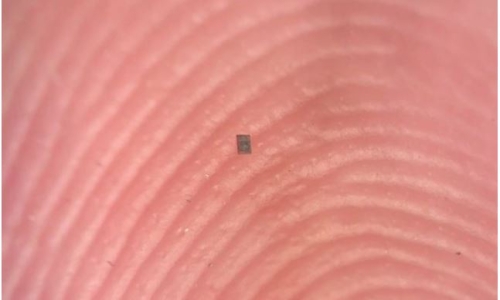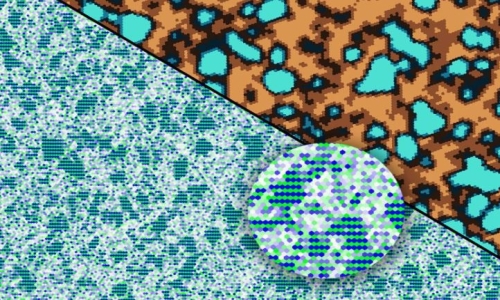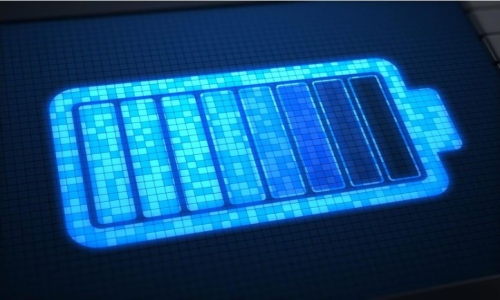


 1:17:42
1:17:42  2025-04-13
2025-04-13  1012
1012

The strongest Cu-Ta-Li alloy developed to date exhibits outstanding strength and stability, making it ideal for advanced engineering applications.
A team of researchers from Arizona State University, the U.S. Army Research Laboratory (ARL), Lehigh University, and Louisiana State University has developed a groundbreaking high-temperature copper alloy with outstanding thermal stability and mechanical strength.
Their study, published in the journal Science, presents a novel bulk nanocrystalline alloy, Cu-3Ta-0.5Li, that demonstrates exceptional resistance to grain coarsening and creep deformation, even at temperatures approaching its melting point.
“Our alloy design approach mimics the strengthening mechanisms found in Ni-based superalloys,” said Kiran Solanki, a professor at the Ira A. Fulton Schools of Engineering in the School for Engineering of Matter, Transport and Energy, and a co-author of the study.
Nickel-based superalloys are currently the primary materials used in applications that demand exceptional strength, corrosion resistance, and stability at high temperatures. These alloys are essential in critical industries such as aerospace, gas turbine engines, and chemical processing.
Meeting the Demands of Aerospace and Defense
New materials are especially needed throughout the aerospace and defense industries—think of the strength, durability and heat resistance needed for high-speed flight or deploy weaponry. This spurs the research community to continue to push the boundaries of high-impact technologies.
“We have to critically think about what we can do to solve engineering problem in a more outside-the-box way,” said Solanki. “At the end of the day, I’m more curious about what I don’t know.”
Solanki’s main research interests investigate the structure and property relationships of advanced materials across multiple length scales. His goal is to manufacture advanced, multifunctional materials for extreme applications including radiation, high rate, fatigue and prevent slow deformation under mechanical stresses, or creep.
“When we look inside our body, we try to look for fingerprints of cell mutation for cancer,” said Solanki. “Similarly, structural materials have a unique fingerprint when they are subjected to any event like radiation or heat. They will leave behind a fingerprint which causes them to fail or not to perform the way they should perform.”
How the New Alloy Works
The newly engineered alloy owes its superior properties to a unique nanoscale structure featuring precisely ordered copper Lithium precipitates surrounded by a tantalum-rich atomic bilayer. The addition of precisely half a percent of lithium – no more, no less – to the previously immiscible Cu-Ta system alters the precipitate morphology. It changes the sphere-like precipitate in Cu-Ta system into forming a stable cuboidal structures that significantly enhance thermal and mechanical performance.
“And in this case, having a copper lithium precipitate with a stable bilayer of Ta is when we can alter high temperature fingerprint for failure,” said Solanki. “By manipulating fingerprints, we have developed a copper alloy that maintains its strength and structural integrity even after prolonged exposure to high temperatures.”
Key findings from the copper superalloy research include:
Potential Applications and Future Impact
The discovery opens new avenues for the development of next-generation copper alloys for applications in aerospace, energy, and defense industries. Potential uses include heat exchangers, high-performance electrical components, weaponry, and structural materials requiring durability in extreme conditions.
“This research not only advances our understanding of alloy design but also paves the way for materials that can withstand extreme environments,” said Kris Darling, another ARL co-author of the study. “The manipulation of fingerprints through nanostructuring in alloy could revolutionize the way we approach high-temperature material development.”
Reality Of Islam |
|

A tiny robo

By applying

Stanford, C

A new study
 9:3:43
9:3:43
 2018-11-05
2018-11-05
10 benefits of Marriage in Islam
 7:5:22
7:5:22
 2019-04-08
2019-04-08
benefits of reciting surat yunus, hud &
 9:45:7
9:45:7
 2018-12-24
2018-12-24
advantages & disadvantages of divorce
 11:35:12
11:35:12
 2018-06-10
2018-06-10
 6:0:51
6:0:51
 2018-10-16
2018-10-16
 8:21:9
8:21:9
 2018-06-21
2018-06-21
 8:30:23
8:30:23
 2022-03-03
2022-03-03
bahlool & the throne of haroun rashid
 8:20:35
8:20:35
 2018-06-21
2018-06-21
 9:39:36
9:39:36
 2022-12-28
2022-12-28
 6:14:3
6:14:3
 2023-01-18
2023-01-18
 3:43:50
3:43:50
 2022-11-05
2022-11-05
 2:34:48
2:34:48
 2022-01-18
2022-01-18
 5:41:46
5:41:46
 2023-03-18
2023-03-18
| LATEST |